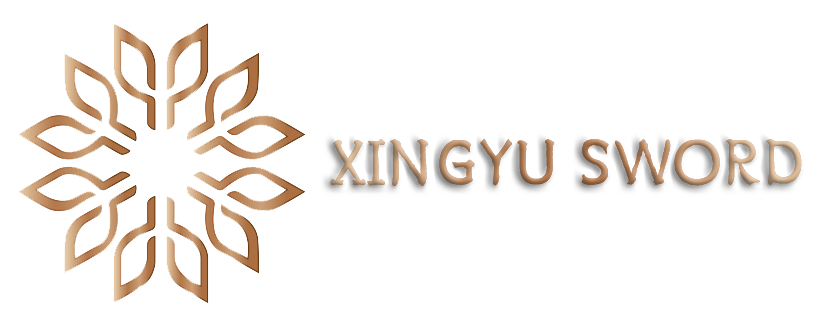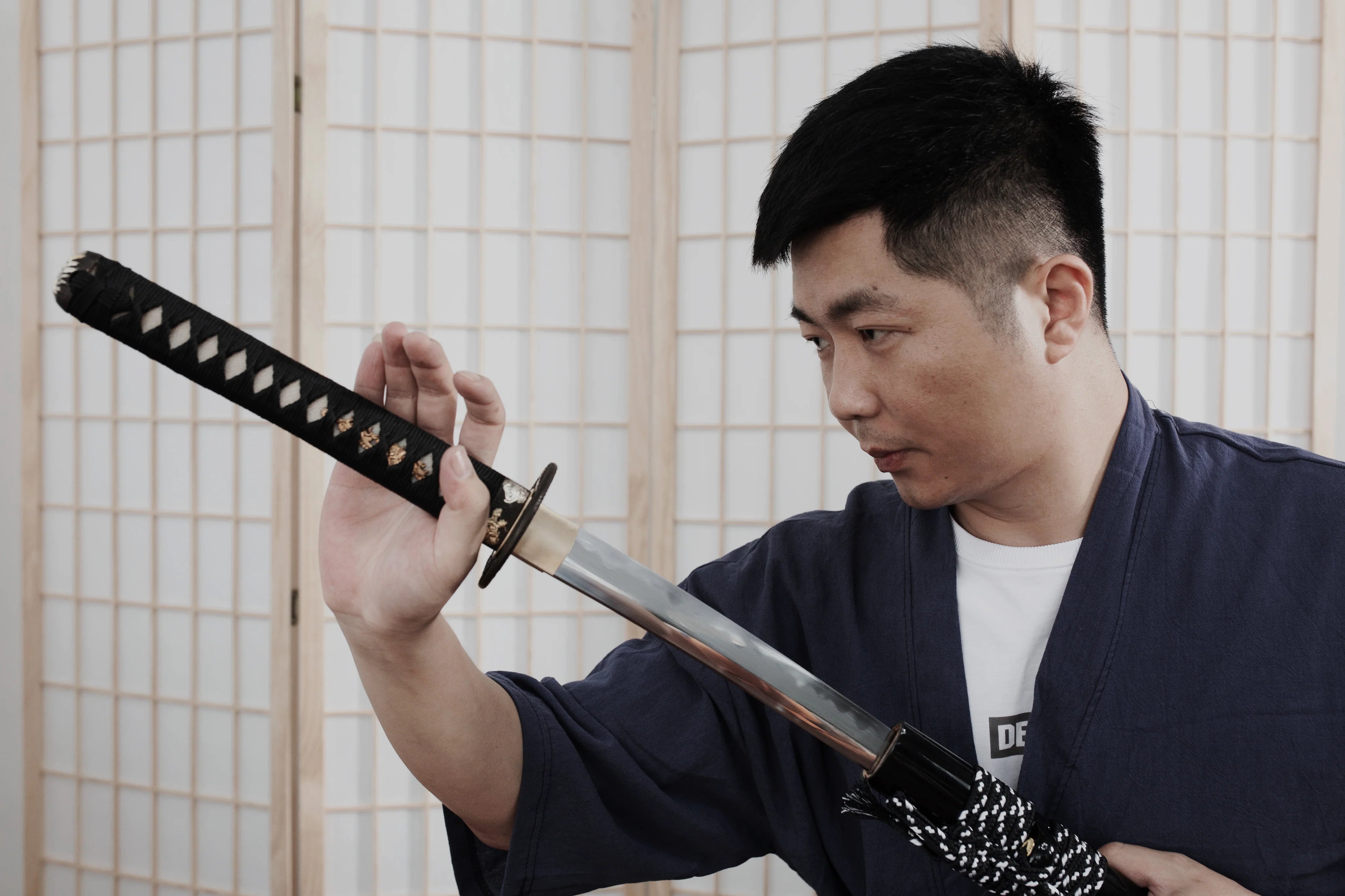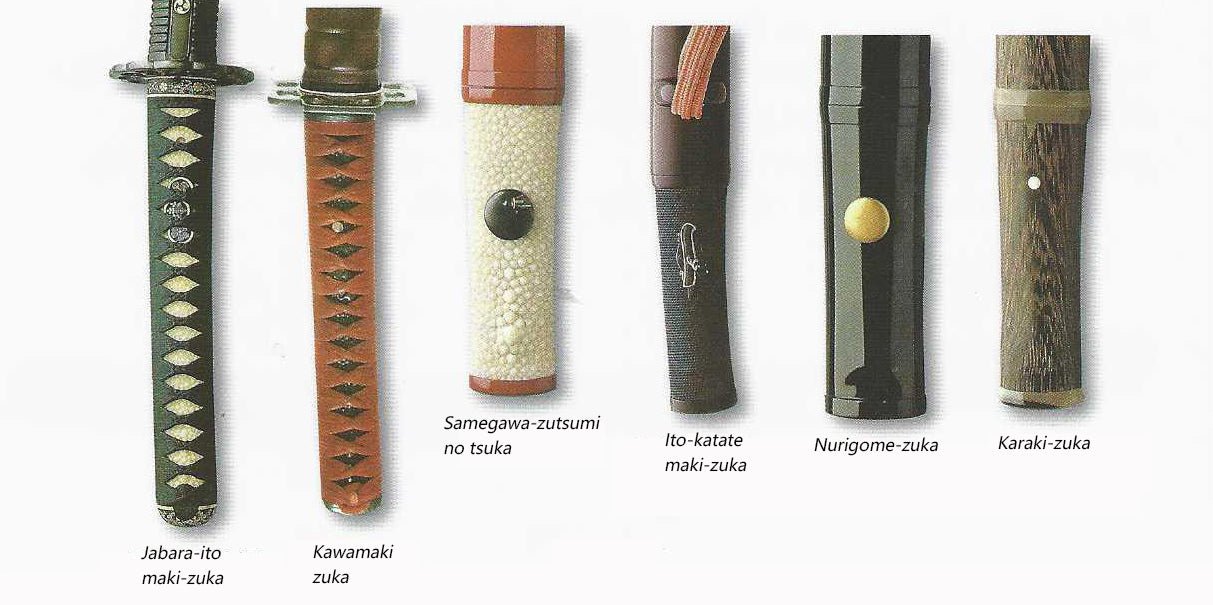Tenka Goken-Famous Japanese Swords in History

What are the 5 great Japanese swords?
In ancient Japan, swords played a very important role, not only as weapons, but also as symbols of culture. Among them, the five ancient Japanese swords known as "Tenka Goken", mikadukimunechika, doujigiri, onimaru kunitsuna, otenta odenta, and jyuzumaru, are widely praised for their unique history and legendary stories. These five swords are not only closely related to Japanese history and culture, but also have deep symbolic meaning. Let's delve deeper into the mysterious stories behind these swords.

mikadukimunechika
Mikadukimunechika is a tachi forged by the Heian swordsman Sanjo Zongjin, known for its unique crescent pattern. Its blade has a wider base and gradually narrows, with a shape known as "Tazhang Qiang", making it one of the most representative swords of the Heian era. The pattern and blade shape of the Three Day Moon Sect make it one of the most beautiful swords. This sword also carries political symbolic meaning and was once held by the swordsman General Ashikaga Yoshihiro. He bravely sacrificed himself in the last moments of his life to fight for the country. Later it was held by a woman and became a highlight in history.

otenta odenta
The Otenta Odenta was cast by swordsman Mitsuyo, with a relatively short blade, but exceptionally sharp. Originally the family heirloom of Ashikaga Takauji, it was later acquired by Toyotomi Hideyoshi and given to his subordinate Toshiie Maeda, who had made numerous military achievements since the Nobunaga ODA era and had a close personal relationship with Toyotomi Hideyoshi. The rumored story of Tachi has to do with ghosts, and the rumored story of Taidao has to do with ghosts. Nobunaga Oda's daughter suffers from a strange illness that can only be alleviated if Otta Odta is placed at her bedside. Another legend is that Fushimi Castle was said to be haunted, and Nobunaga Oda carried the Otta Odta there without any abnormalities to calm the panic. Unlike other swords, the Otenta Odenta has always been handed down from the Nobunaga family and exists in the Nobunaga Nurturing Society, founded by descendants of the Nobunaga family, passed down from generation to generation.

doujigiri
Doujigiri is another tacghi forged by a swordsman of the same era. This sword is famous for its sharpness and is said to be able to cut six bodies. Its name comes from a legend that tells the story of the hero みなとよりみつ who used the doujigiri to cut off the head of the monster Shuten douji and quell the panic. This story emphasizes the power of justice and the importance of punishing evil and promoting good.

onimaru kunitsuna
onimaru kunitsuna is a tachi forged by Kyoto Awatakuchi Kunitsuna, which took three years. Its name comes from the legend that Hojo Tokimasa was haunted by ghosts until Kunitsuna appeared. Therefore, this sword is considered a deity for exorcism and has a special meaning for the Hojo family. Unlike other swords, the legacy of the Onimaru Kunitsuna is quite stable, having passed through the Ashikaga, Nobunaga Oda, Toyotomi Hideyoshi, and Tokugawa families before being presented to the Emperor and now being preserved in the Imperial Palace of Japan.




Leave a comment
This site is protected by hCaptcha and the hCaptcha Privacy Policy and Terms of Service apply.